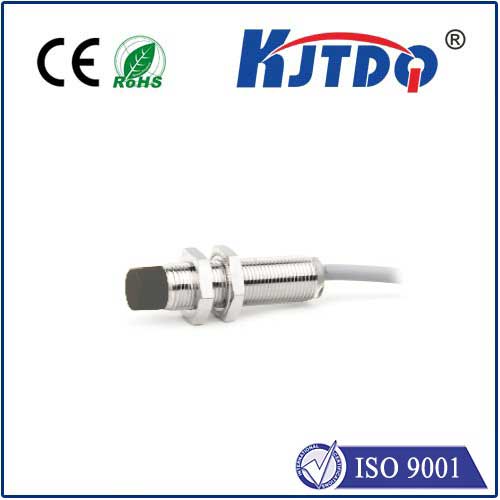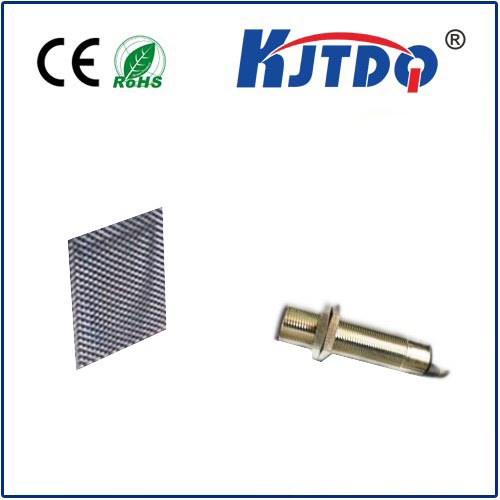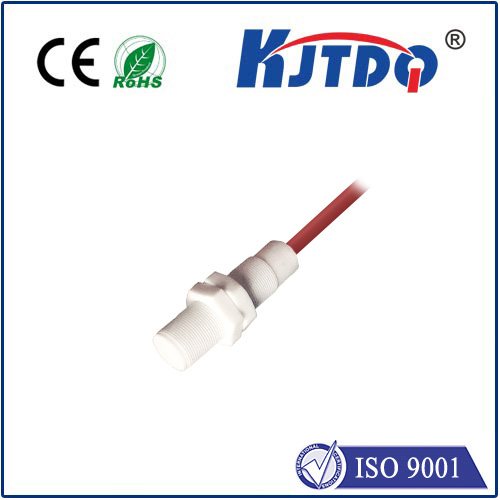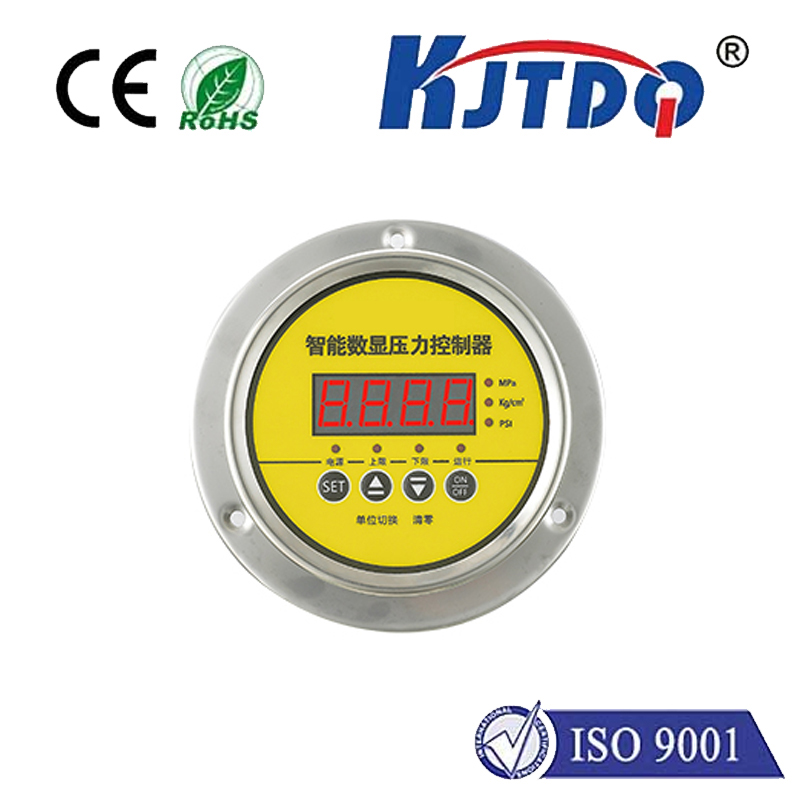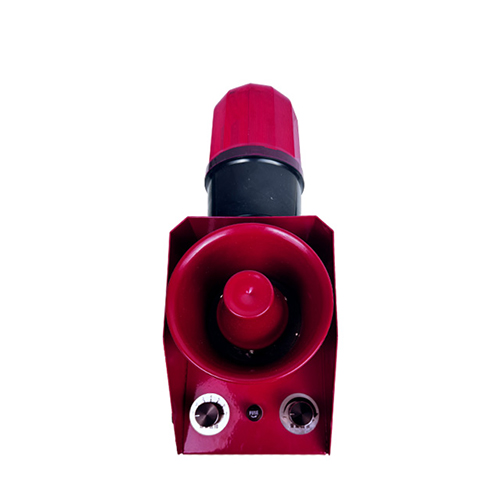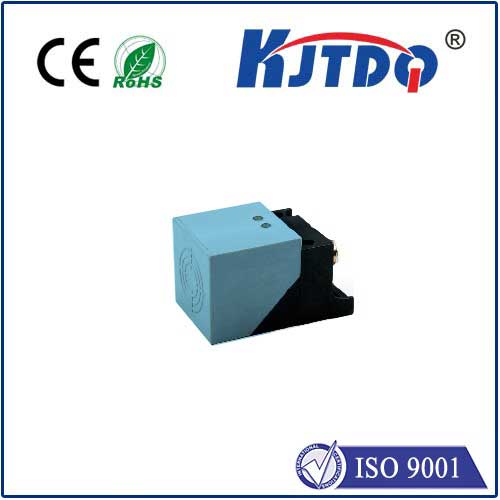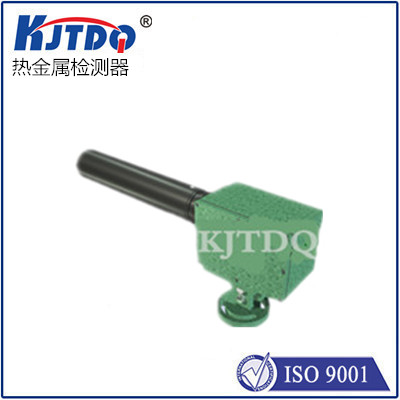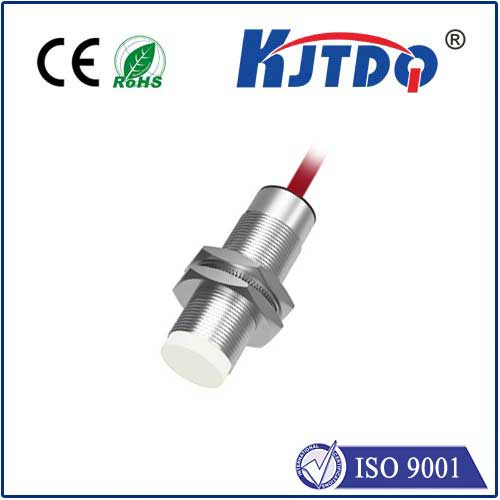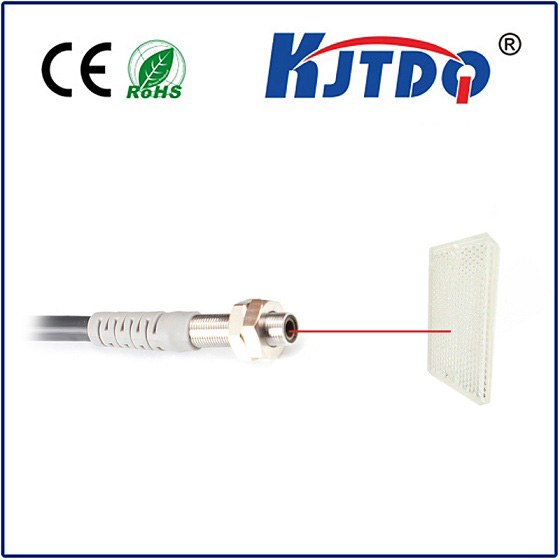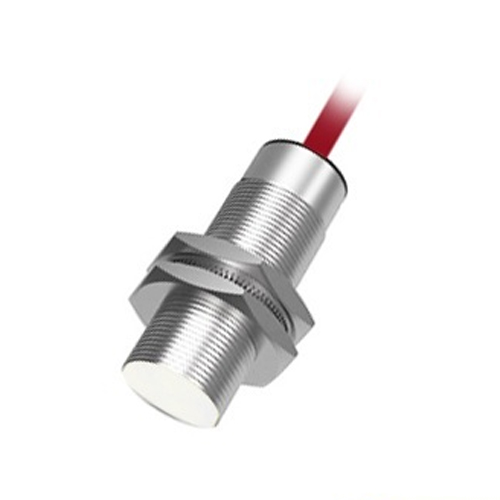Датчик приближения для обнаружения человека
- time:2025-07-15 08:37:58
- Нажмите:0
Beyond Motion: How Proximity Sensors Revolutionize Human Presence Detection
Imagine walking towards an entrance, only for the automatic door to stubbornly remain shut. Or working late in a seemingly deserted office building, lights blazing unnecessarily overhead. These frustrating (and costly) scenarios often stem from limitations in how we detect human presence. Enter the sophisticated world of proximity sensors for human detection – technology moving far beyond simple motion activation to offer nuanced, reliable, and energy-efficient awareness of people.
Traditional Passive Infrared (PIR) motion sensors have served us well for basic security or lighting control. They detect changes in infrared radiation caused by body heat movement. But what about stillness? What about distinguishing between a person lingering near a workstation and a large, warm piece of equipment? This is where proximity sensors shine. Instead of just movement, they focus on detecting the presence or close approach of a human body, often without requiring physical contact or significant motion.
Understanding the Core Principle: Sensing Presence, Not Just Motion
At its heart, a proximity sensor for human detection operates by emitting a field or beam (electromagnetic, capacitive, ultrasonic, or infrared) and analyzing the changes in that field caused by the presence of a human body. Unlike basic PIR sensors, many proximity technologies can detect a stationary person.
Let’s explore the common types excelling in human detection:
- Capacitive Proximity Sensors: These sensors create an electrostatic field. When a human body (a capacitive object) enters this field, it disturbs the capacitance, triggering detection. They are highly effective at close range and excel at detecting stationary presence. Think touchless faucets or interactive displays that activate as you reach near them.
- Infrared (IR) Proximity Sensors: Often using active infrared (emitting IR light), these measure the infrared reflection off a nearby object. By tuning the sensitivity and pattern recognition (especially with multi-element arrays), they can reliably distinguish a human form from inanimate objects within a short to medium range, enabling presence detection.
- Ultrasonic Proximity Sensors: These emit high-frequency sound waves and measure the echo’s return time to calculate distance. They cover larger areas effectively and aren’t dependent on body heat, making them suitable for detecting both moving and stationary people in environments like restrooms or occupancy monitoring in rooms.
- Millimeter-Wave (mmWave) Radar Sensors: Representing the cutting edge, mmWave sensors emit extremely high-frequency radio waves. They excel at penetrating materials like clothing and plastics, detecting subtle movements (even breathing or heartbeat), and precisely measuring distance, speed, and direction. This makes them incredibly robust for detecting stationary occupancy, distinguishing people from objects, and functioning reliably in challenging environments like low light or through obstructions.
Why Choose Proximity Over Basic Motion? Key Applications
The shift towards proximity-based human detection unlocks a new level of functionality and efficiency:
- Enhanced Smart Lighting & HVAC: Imagine lights that gently brighten as you approach your desk and dim when you leave, even if you’re sitting perfectly still. HVAC systems can adapt airflow and temperature based on actual room occupancy detected by proximity sensors, not just sporadic movement, leading to significant energy savings.
- Superior Security & Intrusion Detection: Capacitive or mmWave sensors installed near windows, doors, or in restricted areas can detect an intruder attempting to tamper or simply being present silently, even if they freeze upon hearing an alarm.
- Intuitive Touchless Controls: Proximity sensors are the backbone of touchless technology. Wave your hand near a sensor to flush a toilet, activate a soap dispenser, open an automatic door reliably as you approach, or scroll through a menu on an interactive kiosk. This promotes hygiene and user-friendliness.
- Accurate Occupancy Analytics: For facility managers, retailers, or office planners, understanding actual space utilization is crucial. Proximity sensors provide more accurate, real-time data on how many people are in a room or zone and for how long, far more reliably than motion sensors which might miss stationary occupants. This informs better space planning, cleaning schedules, and resource allocation.
- Advanced Human-Machine Interaction (HMI): In industrial settings or with sophisticated appliances, proximity detection allows machines to sense an operator nearby for safer operation (e.g., slowing machinery) or enabling gesture-based controls without contact.
- Healthcare & Assistive Living: Proximity sensors can monitor patient presence or movement in beds or chairs, detect falls, or trigger alerts for caregivers in senior living environments, providing crucial safety monitoring.
Advantages That Make the Difference
The precision offered by proximity sensors for human detection translates into tangible benefits:
- Presence Detection: The core advantage – detecting people even when perfectly still.
- Reduced False Triggers: Better discrimination between humans, pets, and moving objects like curtains or machinery, minimizing nuisance activations.
- Directionality & Distance Measurement: Technologies like mmWave provide precise location data, enabling more sophisticated automation rules.
- Robustness: Less susceptible to environmental factors like temperature changes (compared to PIR) or ambient light (compared to some optical sensors) when properly implemented.
- Enhanced User Experience: Smooth, reliable, intuitive interactions with automated systems.
Implementing Proximity Sensing Effectively
Choosing the right датчик приближения depends heavily on the application:
- Range: How close does the person need to be? Capacitive is very short-range, ultrasonic and IR cover short-medium, mmWave can offer longer ranges.
- Environment: Consider lighting, temperature, humidity, potential obstructions, and the presence of other materials or interfering signals.
- Detection Type Required: Is simple presence enough, or do you need distance, direction, or even vital sign detection?
- Power Consumption: Critical for battery-operated devices.
- Cost: Capacitive and basic IR are often lower cost; ultrasonic and mmWave typically represent a higher investment but offer more advanced capabilities.
Furthermore, integration and signal processing software are vital. Sensor fusion – combining data from proximity sensors with other types like PIR or cameras – can further enhance accuracy and reliability for complex scenarios.
The Future: Smarter Awareness
The evolution of proximity sensing for human detection is rapid. We’re seeing:
- Miniaturization and cost reduction, especially for mmWave radar.
- Increased intelligence built directly into sensors through edge computing, enabling complex detection algorithms locally.
- Enhanced privacy features, focusing on presence detection without revealing identifiable characteristics.
- Integration with AI for predictive behaviors and even more nuanced understanding of human interaction within a space.
From creating more responsive and energy-efficient buildings to enabling intuitive interfaces and enhancing security, proximity sensors specifically tuned for human presence detection are fundamentally changing how machines perceive and interact with us. They move us beyond the limitations of motion, towards a world where our mere presence is enough to trigger intelligent, seamless, and efficient responses.
